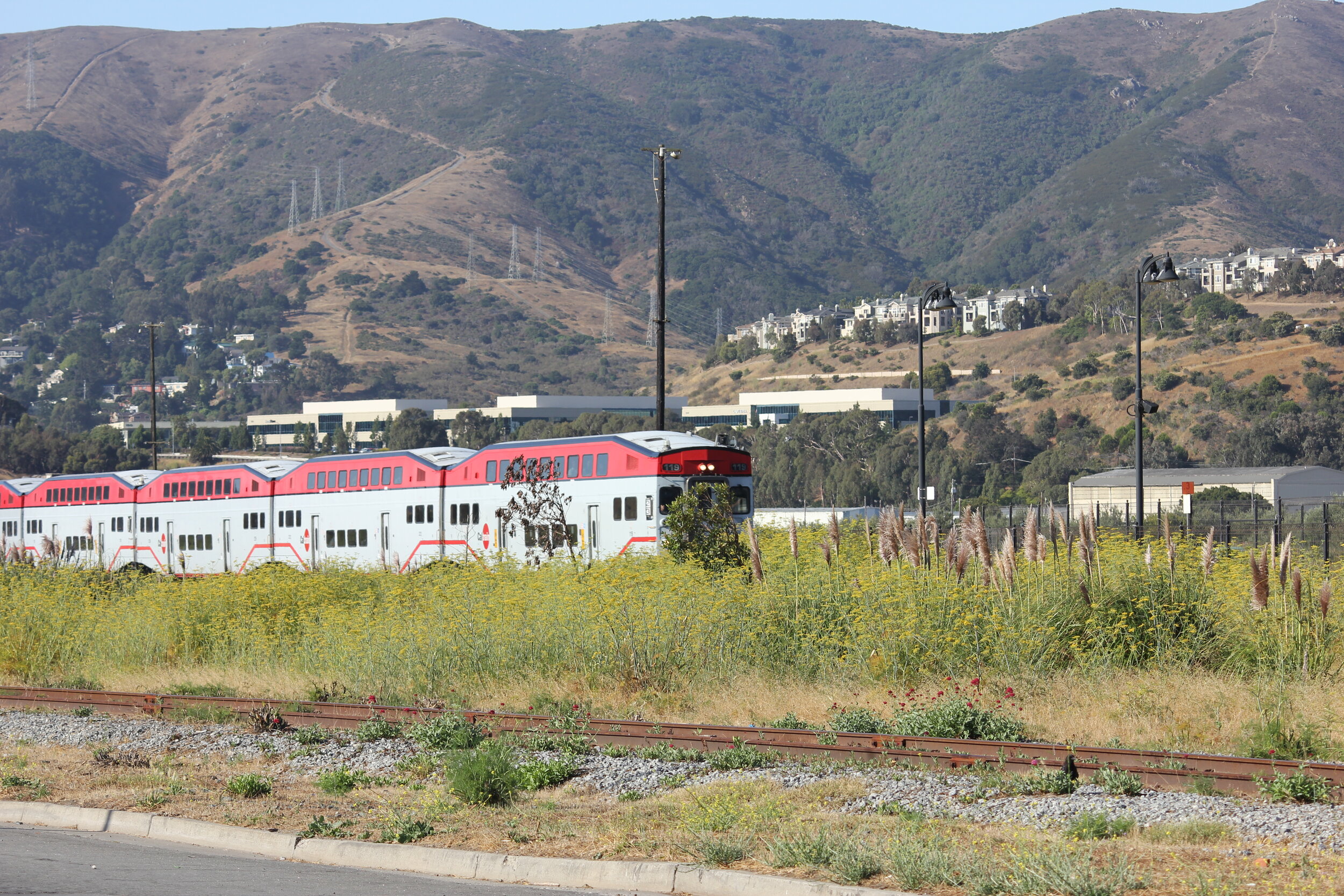Perspective & Experience: Brisbane: the little town that could
I wrote this piece in 2016 for an urban planning practice publication for the American Planning Association. I was a consultant from 2013-207 for Universal Paragon Corporation, working on the ambitious Brisbane Baylands Project. This article was also given as a THRED Talk (Transportation, Housing, Regionalism, Economy and Development) for SAMCEDA in 2016 by UPC’s General Manager and Director of Development, Jonathan Scharfman. SAMCEDA is the San Mateo County Economic Development Association.
Since 2010, our region has added around 600,000 jobs, bringing the Bay Area’s total employment to a historic high of 4.1 million jobs. Yet, we have not created the housing needed to serve these employees and their families. We have only added 55,000 homes in that same time period, putting incredible pressure on the existing housing stock, forcing longer commutes, and driving home prices and rents through the roof. In San Mateo County we added 55,000 new jobs but only 2,100 housing units between 2010 and 2014. The reluctance to build housing is especially prevalent in smaller cities like Brisbane where residents try to delay or stop projects due to fears of traffic, density and changing town character.
Nestled halfway between SFO and downtown San Francisco, the 684-acre Brisbane Baylands site is a once-in-a life-time opportunity for the region. Once home to railyards and the primary landfill for San Francisco, Baylands has a strong industrial history and played an integral role in connecting the Peninsula to San Francisco. Now, after 100 years of industrial use and neglect, the site is once again poised to connect our region and transform the site into a world class demonstration of site regeneration, transit-oriented development and sustainable design in the true spirit of SB 375 and Plan Bay Area.
Universal Paragon Corporation has spent the last 10 years crafting a plan that balances the community’s desires of sustainable growth (captured in the city-prepared 2015 Sustainability Framework), promotes social equity, and ensures economic viability for the city. Supported by regional smart growth advocates including SPUR and Greenbelt Alliance, Brisbane Baylands is a bold vision of regeneration, innovation and opportunity that benefits the community and region. The net zero carbon plan includes onsite energy generation and storage, 4,400 townhomes and apartments (with 15% affordable), 7 million SF of commercial space and over 300 acres of open space – all served by multiple transit lines. Hallmarks of the plan include environmental remediation of the entire site, amenities such as a grocery store, restaurants and retail, and a site for high school and middle school, an extension of the Bay Trail, an improved interchange for 101, new transitional wetlands to guard against sea level rise, and enhancement and creation of habitat and riparian areas.
Not so fast
The community, however, has recommended an alternative that embraces suburban sprawl - 2 million square feet of commercial and industrial uses associated with a renewable energy site, zero housing units, and extremely limited community benefits. Community activists continue to convey to their elected leaders that they do not want growth in the form of new residents or new voters, but new workers are just fine. Those who do want housing prefer only a limited amount and only single family units because “they help to give the city its unique character within the Bay Area.” Meanwhile, residents complain that their town has no high school, pharmacy or grocery store of its own. This approach continues to fuel the housing shortage, now at a crisis level, as it is replicated in cities throughout the region.
Brisbane, the little town that could?
Brisbane’s self-imposed challenge to create a sustainable vision for this former railyard and landfill is a once-in-a-lifetime opportunity to “get it right” from a sustainability perspective and sustainable growth must include housing near transit. If the city of Brisbane insists on commercial development without housing on a site that is served by multiple modes of transit and situated on the primary jobs-transit corridor in San Mateo County, it is clear that they are willing to turn a blind eye to the regional housing crisis and smart growth principles adopted worldwide and protect their parochial views at any cost.
As the City Council begins their deliberations this fall, they have the choice to follow the Planning Commission’s recommendations that take the site back 100 years to its central purpose as a landfill and railyard or implement a legacy-level opportunity to transform this vast under-used site into a true asset for both Brisbane and the San Francisco Bay Area.
Will Brisbane forever be known as the little town that could have stepped up to do the right thing but chose not to, or will they be known as the little town that did? For the sake of their community and for the region, we hope Brisbane says yes to housing on Brisbane Baylands and a feasible and sustainable development plan.
Update: voters approved Measure JJ in Brisbane in 2018, permitting 2,200 housing units on the site. The project is still in the approval process. It has been 14 years.


